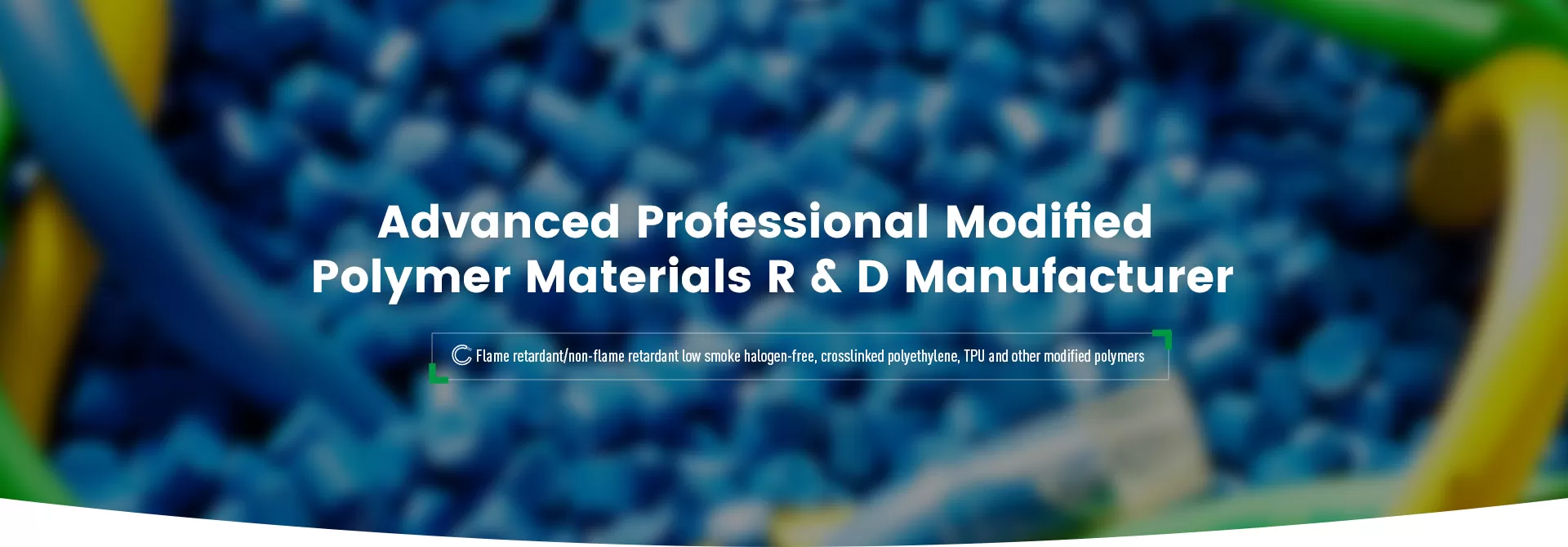
With the increasing global demand for sustainable transportation, new energy vehicles (NEVs) have quickly captured the market. However, the development of electric and hybrid vehicles has also brought new challenges, especially in terms of safety, environmental protection and material performance. To meet these challenges, the application of LSZH (low smoke zero halogen) materials in the field of new energy vehicles is becoming more and more extensive.
LSZH refers to a cable insulation and sheathing material that can minimize smoke emissions when burning and does not release halogen toxic gases. Compared with traditional PVC (polyvinyl chloride) materials, LSZH materials use thermoplastic or thermosetting base formulations to improve visibility, reduce the risk of toxic gas inhalation, and reduce corrosive damage to surrounding equipment in fire situations.
Low Smoke Emissions: maintain a better escape view in fire.
No Halogen Release: avoid the generation of toxic and corrosive gases.
Comply With Safety Standards: meet global environmental regulations such as RoHS and REACH.
Inside new energy vehicles, the space is closed and the high-voltage cables are dense. These characteristics determine the high requirements for material performance. LSZH materials are not only "icing on the cake", but also an indispensable part of ensuring safety and environmental protection.
LSZH materials are widely used in the high-voltage cable insulation layer of new energy vehicles, mainly covering:
Drive Motor System
Battery Management System (BMS);
Inverter And Power Electronics System;
Onboard Charging System (OBC);
These systems usually operate in a high-voltage environment of 600V to 1500V, and some new platforms are even higher.
In this case, LSZH materials can provide:
Excellent electrical insulation performance;
Excellent flame retardant properties;
Strong mechanical wear resistance and impact resistance;
In addition to high-voltage circuits, new energy vehicles also rely on a large number of low-voltage systems, such as lighting, on-board entertainment systems and auxiliary equipment. Using LSZH materials in low-voltage wiring harnesses can:
Improve the fire protection capability of the whole vehicle;
Reduce the environmental burden of the whole vehicle;
Help the lightweight goal through a thinner insulation layer design;
New energy vehicles need to frequently interact with external charging piles. LSZH cables are widely used in charging interfaces on the vehicle side, including fast charging and AC charging systems.
These cables have:
Good flexibility, easy wiring installation;
Excellent weather resistance, adaptable to outdoor environments;
Meet the high fire safety standards of public infrastructure;
Choosing LSZH materials is not only for compliance, but also a practical need to comprehensively enhance product competitiveness:
Improve vehicle fire safety: In the event of an electrical short circuit or battery thermal runaway, LSZH cables can significantly reduce smoke density, increase escape time, and reduce the risk of passenger injury.
Support sustainable development: LSZH materials do not release persistent organic pollutants (POPs), are in line with the trend of green manufacturing, and are conducive to vehicle recycling.
Enhanced durability: The flame-retardant cross-linked formula improves heat resistance, wear resistance and chemical corrosion resistance, and adapts to the long-term high-load working environment of the car.
Comply with global standards: Easily meet the requirements of various international regulations such as ISO 6722, RoHS, ELV (End-of-Life Vehicle Directive).
Although LSZH materials have excellent performance in safety and environmental protection, there are also some technical shortcomings, such as:
Poor high temperature resistance: The continuous working temperature of conventional LSZH materials is generally between 90℃ and 105℃, which is lower than that of silicone rubber and fluoroplastic cables.
Insufficient flexibility: Compared with silicone materials, LSZH cables are slightly less flexible in extreme bending environments.
Angreen's New Generation of LSZH Composite Materials Has Achieved:
Continuous temperature resistance increased to 125℃;
Optimized flexibility to adapt to robot harnesses and complex wiring requirements;
Compatible with automated processing technology to improve production efficiency;